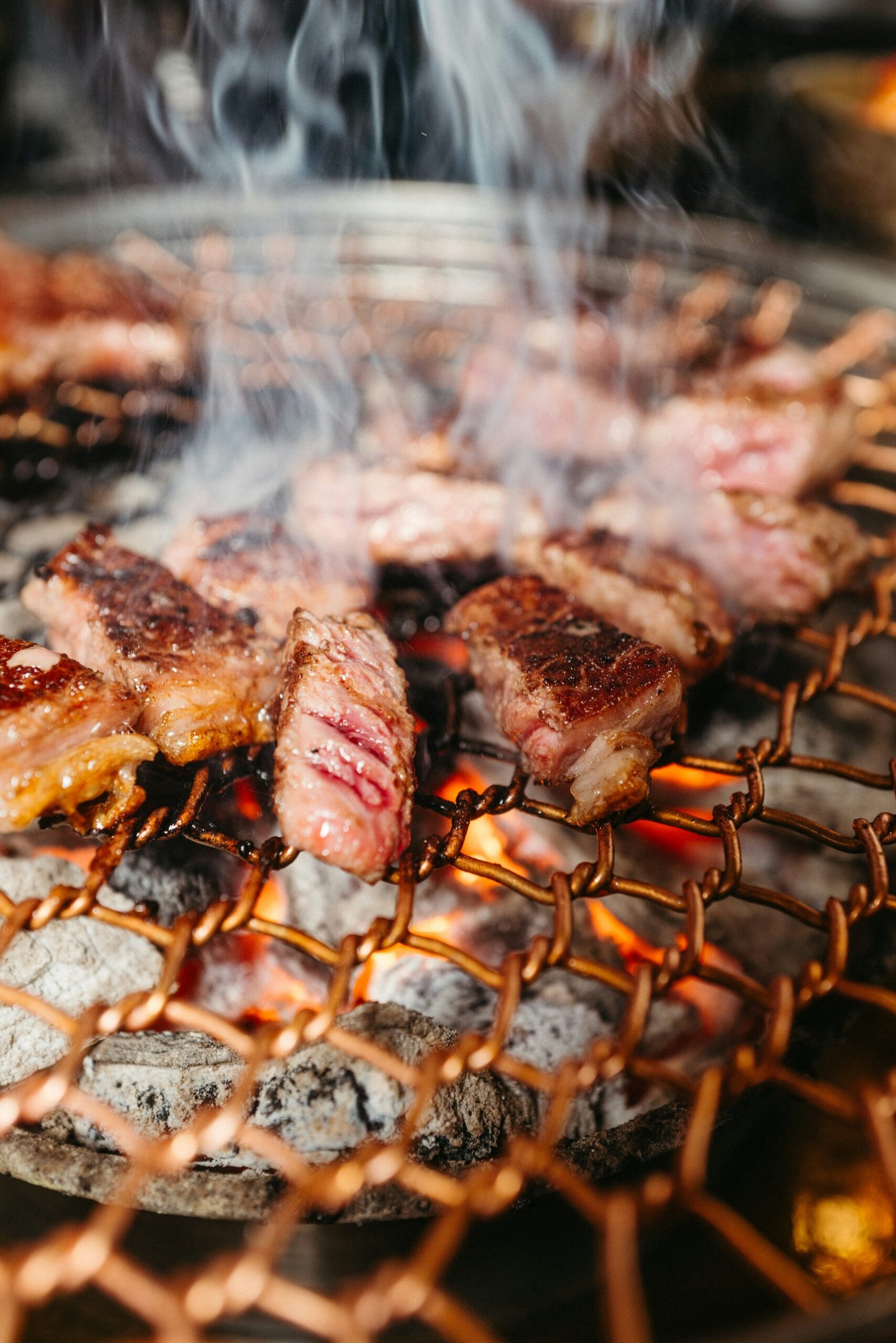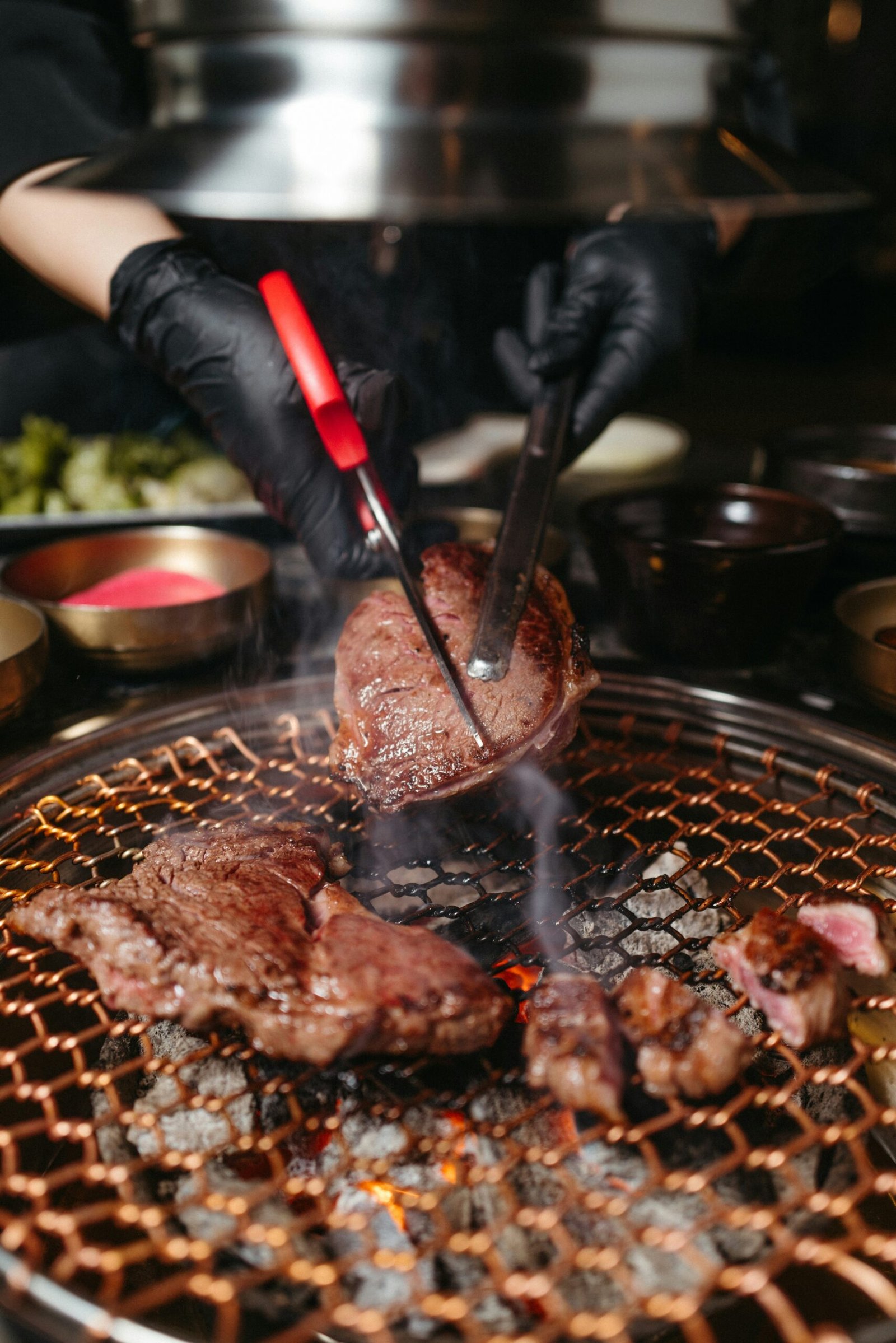In “What Are Some Popular Dishes Enjoyed During Korean Holidays And Celebrations?”, you’ll dive into the vibrant world of Korean cuisine and discover the traditional dishes that hold a special place in the hearts and celebrations of the Korean people. From the savory tteokguk that marks the Lunar New Year to the delightful sweetness of songpyeon enjoyed during Chuseok, each dish is rich with history and flavor. You’ll find that these culinary delights not only nourish the body but also strengthen the bonds of community and family, making Korean holidays a truly memorable experience.
What Are Some Popular Dishes Enjoyed During Korean Holidays And Celebrations?
Have you ever wondered what special dishes mark Korean holidays and celebrations? Korean cuisine is rich and diverse, with each celebration featuring unique and delicious dishes that hold significant cultural importance. In this article, we’ll explore some of the most popular dishes enjoyed during Korean holidays and celebrations, giving you a taste of Korea’s flavorful traditions.

Introduction to Korean Holiday Traditions
Korea has a deeply rooted tradition of marking holidays and celebrations with specific foods. These dishes are not only delicious but also carry cultural significance, representing the heritage and history of Korea. Let’s take a journey through these celebrations and explore the culinary delights they offer.
Lunar New Year (Seollal)
Tteokguk (Rice Cake Soup)
One of the most important holidays in Korea is Seollal, the Lunar New Year. On this day, families come together to celebrate the start of a new lunar year with a variety of traditional dishes.
Ingredients and Preparation
Tteokguk is a soup made of sliced rice cakes, usually served in a clear broth seasoned with soy sauce and garnished with green onions, egg, and sometimes beef or seaweed.
| Ingredient | Quantity |
|---|---|
| Rice cakes (Tteok) | 2 cups |
| Beef (optional) | 2 oz |
| Soy sauce | 2 tbsp |
| Garlic (chopped) | 1 clove |
| Green onions (sliced) | 2 |
| Egg (beaten) | 1 |
| Seaweed strips | A few pieces |
| Salt and pepper | To taste |
When you eat tteokguk, it is believed that you gain a year in age. This practice marks an important cultural tradition, signifying the passage of time and the welcoming of a new year.
Galbijjim (Braised Short Ribs)
Another delectable dish often served during Seollal is galbijjim. These braised short ribs are loved for their tender meat and rich flavor.
Ingredients and Preparation
The dish comprises beef short ribs braised in a mixture of soy sauce, garlic, ginger, sugar, and various vegetables like carrots and radishes.
| Ingredient | Quantity |
|---|---|
| Beef short ribs | 2 lbs |
| Soy sauce | 1/2 cup |
| Garlic (chopped) | 4 cloves |
| Ginger (sliced) | 1 tsp |
| Carrots (sliced) | 2 |
| Radish (sliced) | 1 |
| Sugar | 2 tbsp |
| Sesame oil | 1 tsp |
| Sesame seeds | A sprinkle |
| Green onions (sliced) | 2 |
Galbijjim is often enjoyed due to its complex flavors, rich with the savory taste of marinated beef and sweetness from the added sugar and vegetables.
Chuseok (Korean Harvest Festival)
Songpyeon (Half-Moon Shaped Rice Cakes)
Chuseok, sometimes referred to as Korean Thanksgiving, is another major holiday. Celebrated in the fall, it’s a time for families to give thanks for the harvest and honor their ancestors.
Ingredients and Preparation
Songpyeon are rice cakes shaped like half-moons, stuffed with various fillings like sweetened sesame seeds, red beans, or chestnuts.
| Ingredient | Quantity |
|---|---|
| Rice flour | 2 cups |
| Water | To moisten |
| Sesame seeds (roasted) | 1/2 cup |
| Honey | 2 tbsp |
| Red bean paste | 1/2 cup |
Songpyeon are not just tasty; they are also beautiful, often dyed and decorated with natural colors from gardenia seeds, mugwort, or dried fruits.
Japchae (Stir-Fried Glass Noodles)
Japchae is also commonly enjoyed during Chuseok. This dish of stir-fried glass noodles is beloved for its blend of textures and flavors.
Ingredients and Preparation
Japchae features glass noodles (made from sweet potatoes) tossed with a variety of vegetables, beef, and a savory sauce made from soy sauce and sesame oil.
| Ingredient | Quantity |
|---|---|
| Glass noodles (Dangmyeon) | 200g |
| Beef (sliced) | 100g |
| Spinach | 1 bunch |
| Carrot (sliced) | 1 |
| Onion (sliced) | 1 |
| Soy sauce | 3 tbsp |
| Sesame oil | 1 tbsp |
| Sugar | 1 tsp |
| Garlic (chopped) | 2 cloves |
| Sesame seeds | A sprinkle |
| Green onions (sliced) | 2 |
Japchae’s vibrant color palette and balance of sweet and savory makes it a popular favorite at many Korean celebrations.
Birthdays (Dol)
Baekseolgi (White Steamed Rice Cake)
In Korea, a baby’s first birthday is a significant milestone, celebrated with an array of traditional foods, most notably baekseolgi.
Ingredients and Preparation
Baekseolgi is a white steamed rice cake made from finely milled rice flour, known for its soft and slightly chewy texture.
| Ingredient | Quantity |
|---|---|
| Rice flour | 2 cups |
| Water | 1/2 cup |
| Sugar | 1/4 cup |
| Salt | A pinch |
This rice cake symbolizes purity and is often shared with guests to wish the child good health and prosperity.
Miyeokguk (Seaweed Soup)
Seaweed soup, or miyeokguk, is another essential dish for birthdays, especially for new mothers.
Ingredients and Preparation
Miyeokguk is a nutritious soup made from seaweed, beef, and a broth flavored with soy sauce and garlic.
| Ingredient | Quantity |
|---|---|
| Dried seaweed | 1/4 cup |
| Beef (sliced) | 100g |
| Soy sauce | 2 tbsp |
| Garlic (chopped) | 2 cloves |
| Water | 4 cups |
| Sesame oil | 1 tsp |
Seaweed soup is also served during birthdays to wish long life and good health, as seaweed is considered highly nutritious.

Weddings (Gyeolhon)
Gujeolpan (Platter of Nine Delicacies)
Korean weddings wouldn’t be complete without a gujeolpan, a beautifully arranged platter featuring nine different delicacies.
Ingredients and Preparation
Gujeolpan is an artistic assortment of various meats and vegetables, usually served with thin wheat crepes.
| Ingredient | Quantity |
|---|---|
| Beef (strips) | 100g |
| Mushrooms (sliced) | 1 cup |
| Cucumber (sliced) | 1 |
| Carrots (sliced) | 1 |
| Eggs (separated and cooked) | 2 |
| Wheat crepes | 10-12 |
| Soy sauce | 2 tbsp |
| Sesame oil | 1 tbsp |
| Salt and pepper | To taste |
Gujeolpan represents harmony and balance, making it a fitting centerpiece for wedding celebrations.
Tteok (Various Rice Cakes)
Various types of tteok are also common at weddings. These rice cakes are made in different colors and shapes and have varying flavors, from sweet to savory.
Ingredients and Preparation
| Ingredient | Quantity |
|---|---|
| Rice flour | 2 cups |
| Water | To moisten |
| Sweet fillings (red bean paste, sweetened sesame seeds) | 1 cup |
Tteok is often exchanged between families as a gesture of goodwill and to wish the newlyweds happiness and prosperity.
Festivals and Special Occasions
Bindaetteok (Mung Bean Pancakes)
During festivals and special occasions such as family gatherings, bindaetteok is a popular delight.
Ingredients and Preparation
Bindaetteok is a savory pancake made from ground mung beans, often mixed with kimchi, pork, and various vegetables.
| Ingredient | Quantity |
|---|---|
| Mung beans (soaked) | 2 cups |
| Kimchi (chopped) | 1 cup |
| Pork (strips) | 100g |
| Green onions (sliced) | 2 |
| Garlic (chopped) | 2 cloves |
| Salt and pepper | To taste |
| Oil (for frying) | As needed |
Known for its crispy exterior and flavorful interior, bindaetteok can be enjoyed as a snack or a main dish during festive gatherings.
Kimchi
No Korean celebration is complete without kimchi. Though not specific to any one holiday, kimchi is a staple that appears on every Korean table.
Ingredients and Preparation
Traditional kimchi is made from napa cabbage fermented with a mixture of chili powder, garlic, ginger, and salted seafood.
| Ingredient | Quantity |
|---|---|
| Napa cabbage | 1 head |
| Korean chili powder | 1/2 cup |
| Garlic (chopped) | 5 cloves |
| Ginger (sliced) | 1 inch piece |
| Salted seafood (jeotgal) | 2 tbsp |
| Salt | To taste |
Kimchi brings a spicy and tangy flavor that complements almost every other dish in Korean cuisine.

Conclusion
Korean holidays and celebrations are enriched with a variety of delightful and meaningful dishes. These foods reflect Korea’s rich cultural heritage and the importance placed on family, health, and prosperity. Whether it’s the warm and comforting tteokguk of Seollal, the festive songpyeon of Chuseok, or the intricate gujeolpan of weddings, each dish tells a story and plays a vital role in the celebration.
By exploring and perhaps trying to make some of these dishes yourself, you can gain a deeper appreciation for Korean culture and maybe even start some delicious new traditions of your own. Enjoy the flavors and the stories behind each one, and you’ll find yourself transported to the heart of Korean celebrations.
